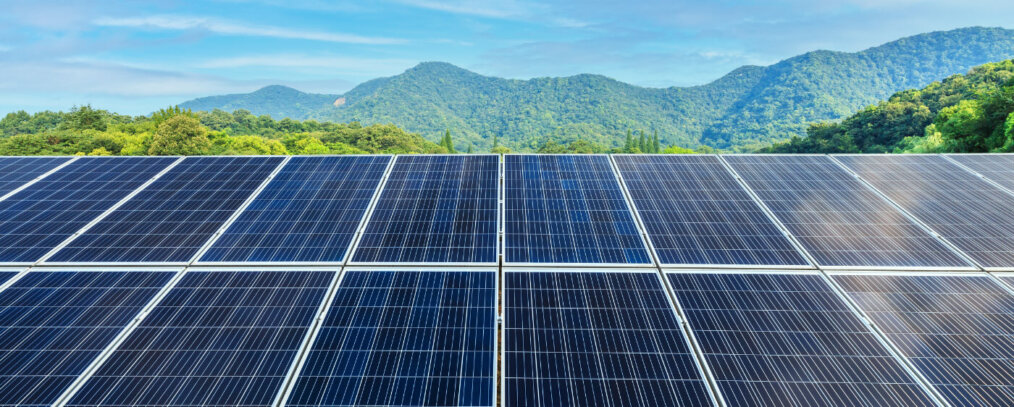
5 Tips to Get Your Roof Solar Ready!
Going solar is cost and energy efficient, but is your roof solar-ready? Commercial solar projects come in many shapes and forms, from flat roofs to pitched-roof buildings to ground-mounted installations.
Roof-mounted solar arrays are a great option for entities that own their building but don’t have a lot of space for a ground installation. For businesses, public institutions, and nonprofit organizations looking to add solar panels to your roof, consider these tips before you start your project.
- Funding – Unless your building is brand new, it may require some sort of roof upgrade before installing solar. Many government and local programs help businesses make their solar dreams come true. In the Central Appalachian region, nonprofit organizations, churches, governments, schools, and other public entities are eligible for “solar readiness” funding to offset up to 20% of overall roof repair costs, up to $20,000 per project, before installing solar. Thanks to an award from Sol Systems in partnership with Microsoft, the Appalachian Solar Finance Fund can now help community institutions with roof repairs needed to go solar. Find out more, check your eligibility status, and apply for funding support for your solar project and related roof repairs at solarfinancefund.org.
- Space – The number of solar panels necessary for your organization will depend on the goals of the installation and how much space is available on your roof. Working with a qualified solar installer will help you determine your project’s ideal size and configuration.
- Static Load – Can your roof hold the additional weight of solar panels? This might be a significant consideration for older commercial buildings that could require structural reinforcements.
- Roof Access – Solar installation and maintenance personnel must access the roof, move safely on it, and access the solar array from all sides. Therefore, commercial roofs should have safe access points for workers.
- Wind Load – An array of solar panels is subject to uplift or downforce wind actions. How these forces come into play may vary as different roof zones are exposed to different loads. For example, tilted PV arrays are subject to more pronounced wind forces than flush-mounted arrays. In most installations, uplift forces will dictate the design of the solar mounting system and its attachment method to the frame assumes the building features traditional sheet metal roof cladding.
Don’t let your building’s roof condition dim your solar dreams. Explore the Appalachian Solar Finance Fund’s “solar readiness” grant opportunities to help complete your solar project.
The Appalachian Solar Finance Fund is a program dedicated to spurring new solar development in coal-impacted counties of Central Appalachia. If you want to bring solar power to your community, learn more about the fund and apply online for grants and technical assistance at https://solarfinancefund.org/.
Source: What is a Solar Ready Roof? https://www.energymatters.com.au/renewable-energy-systems-faqs/solar-ready-roof/
